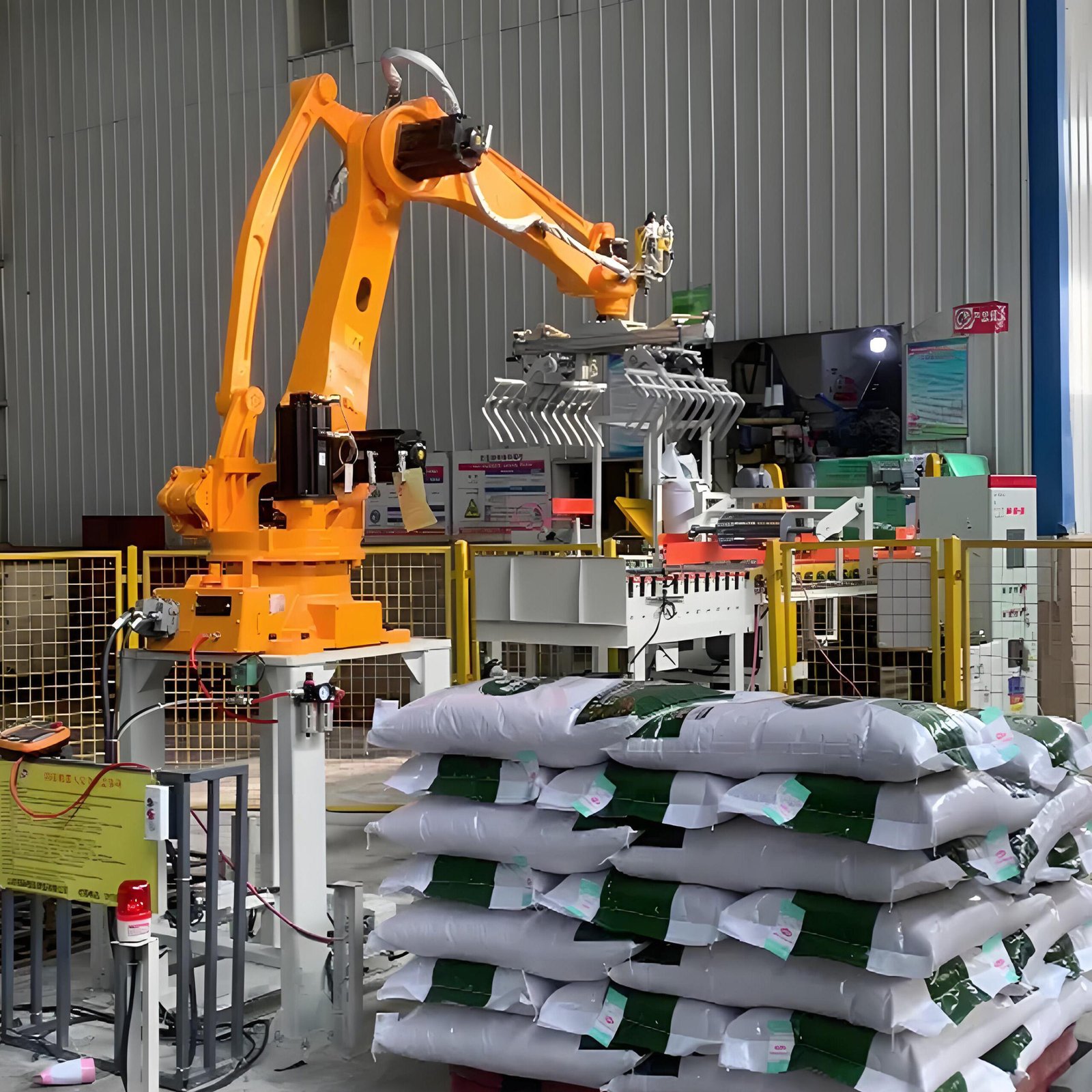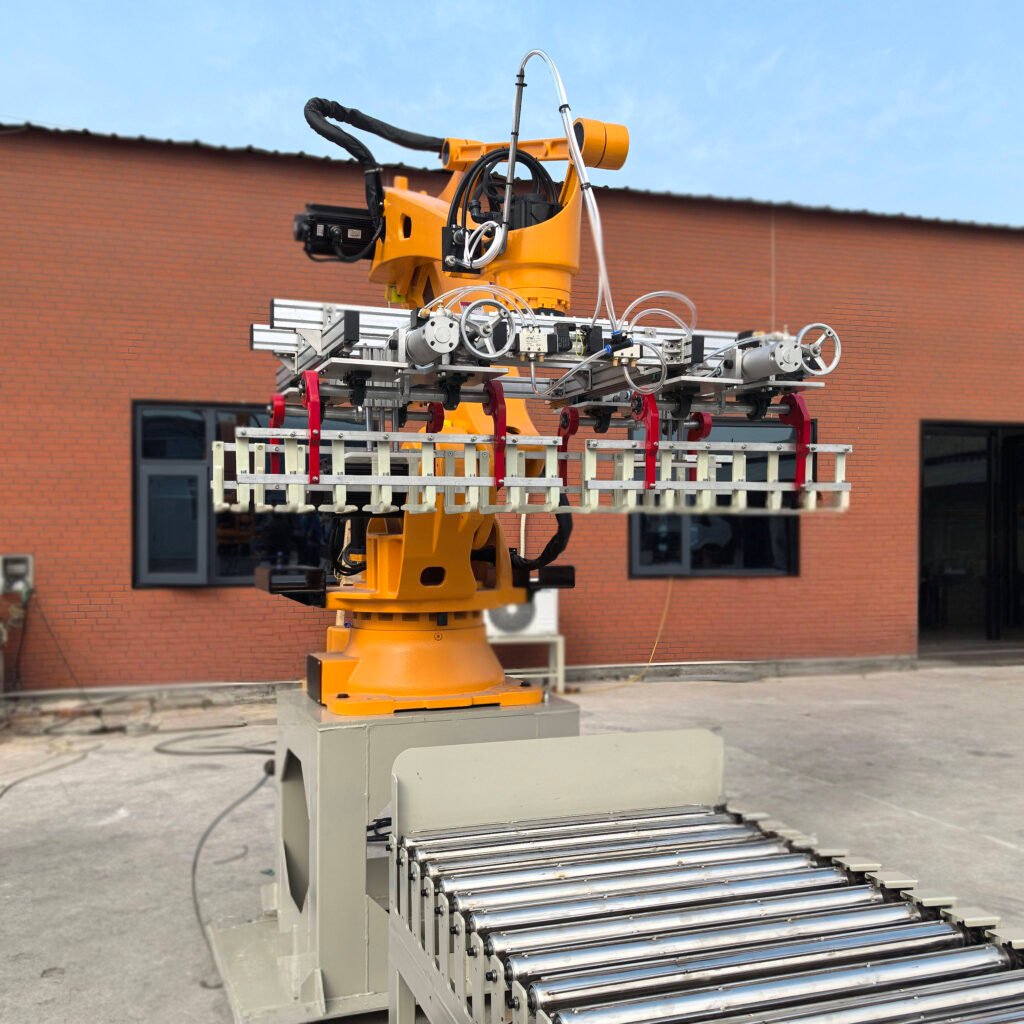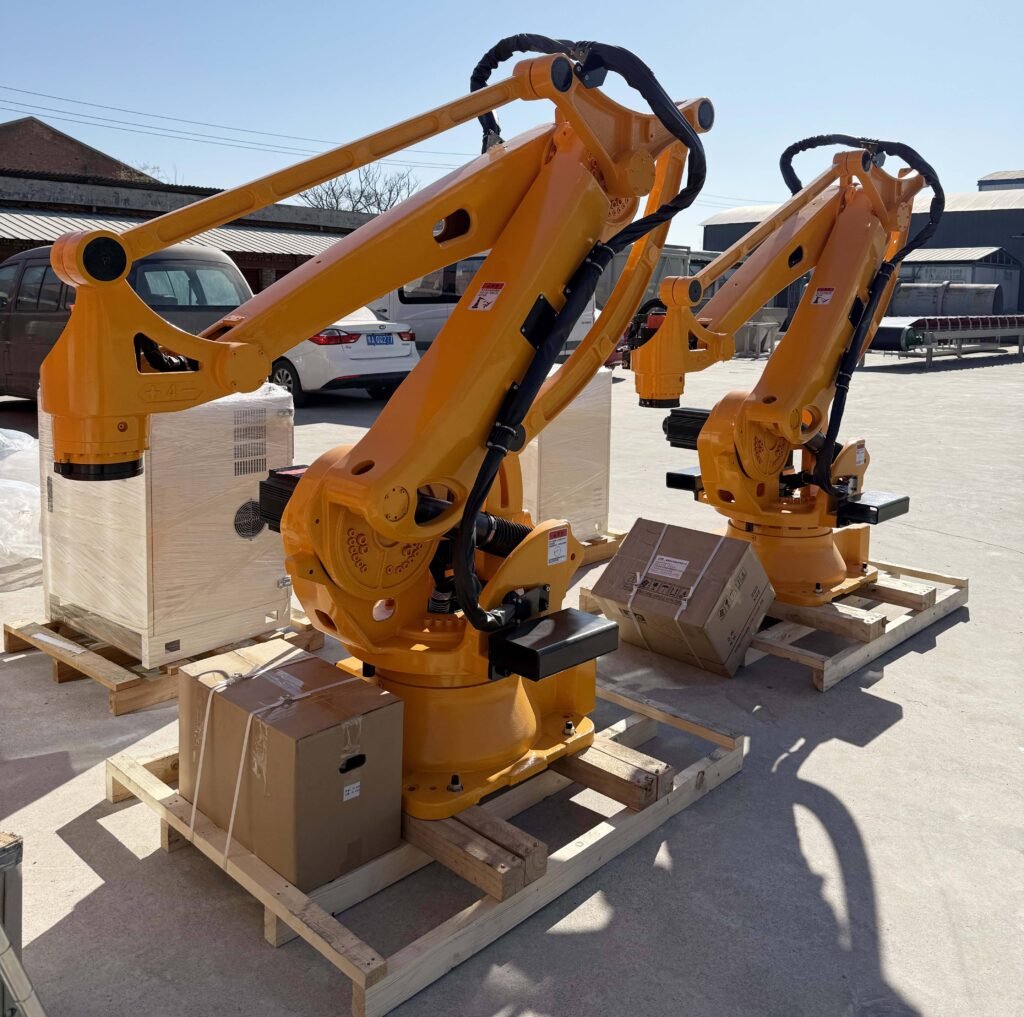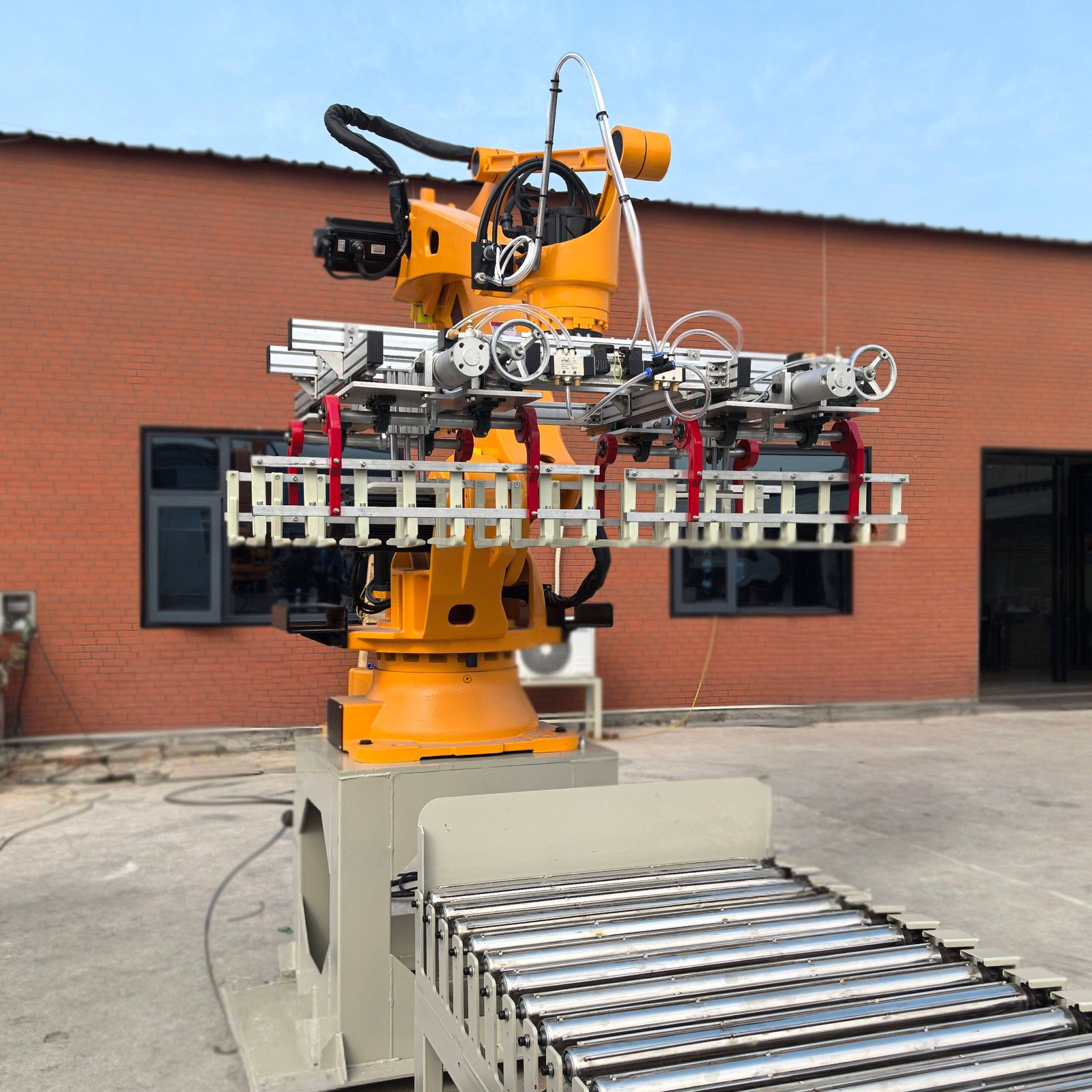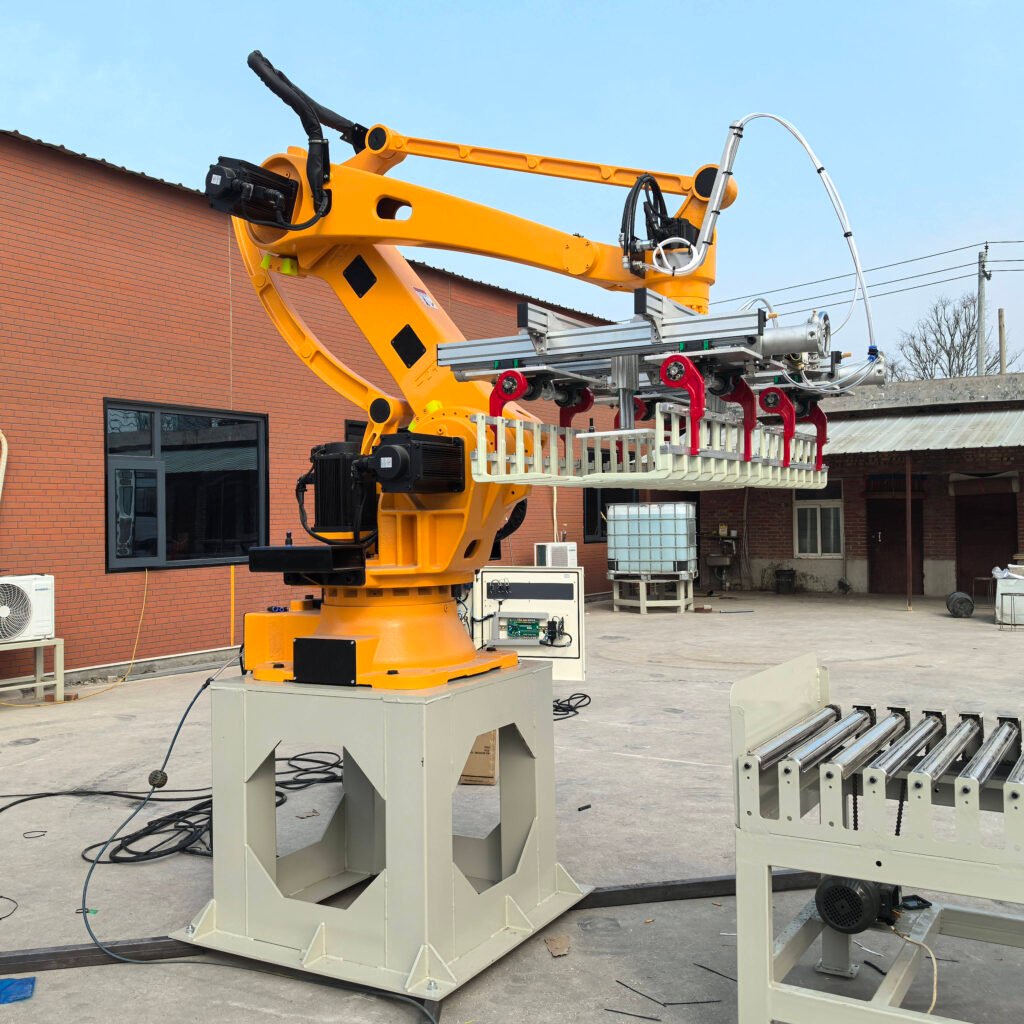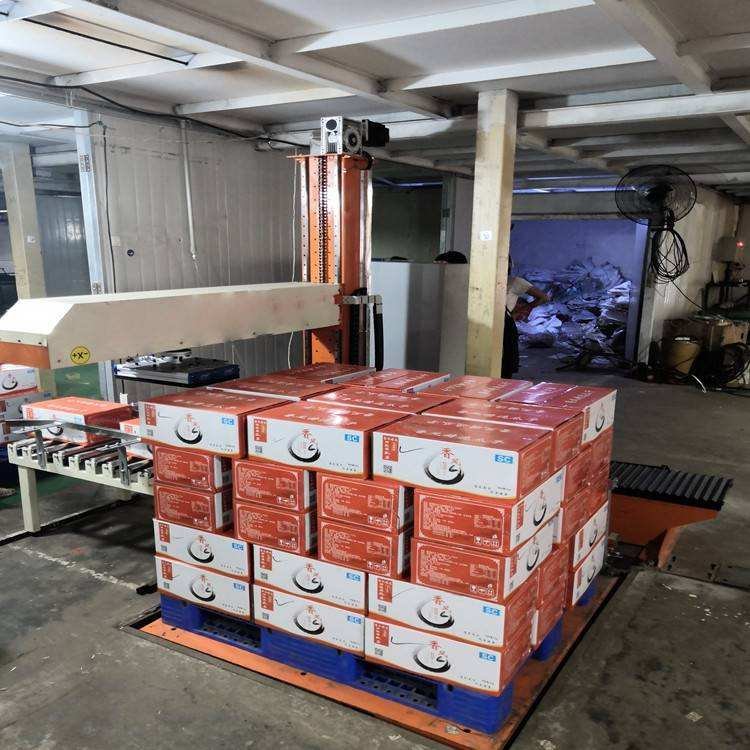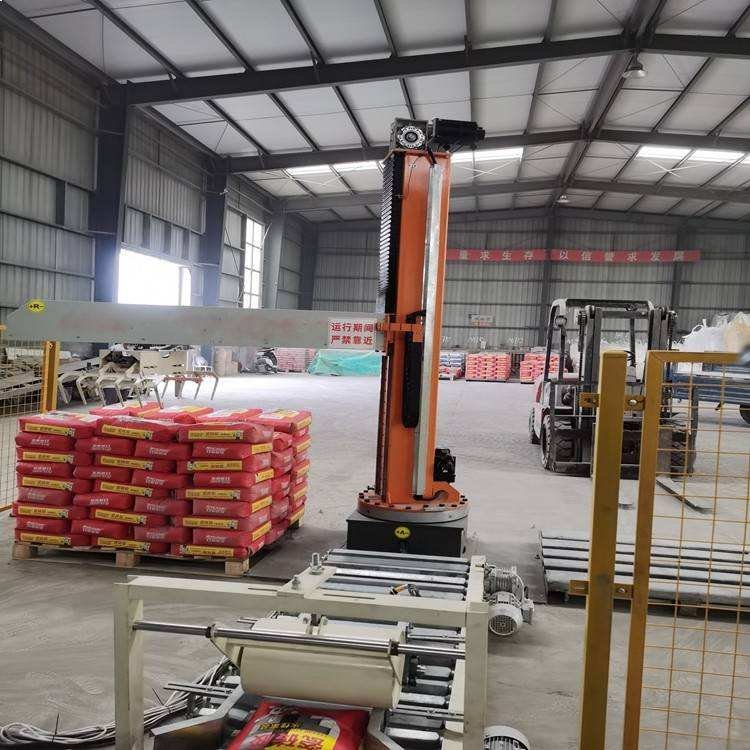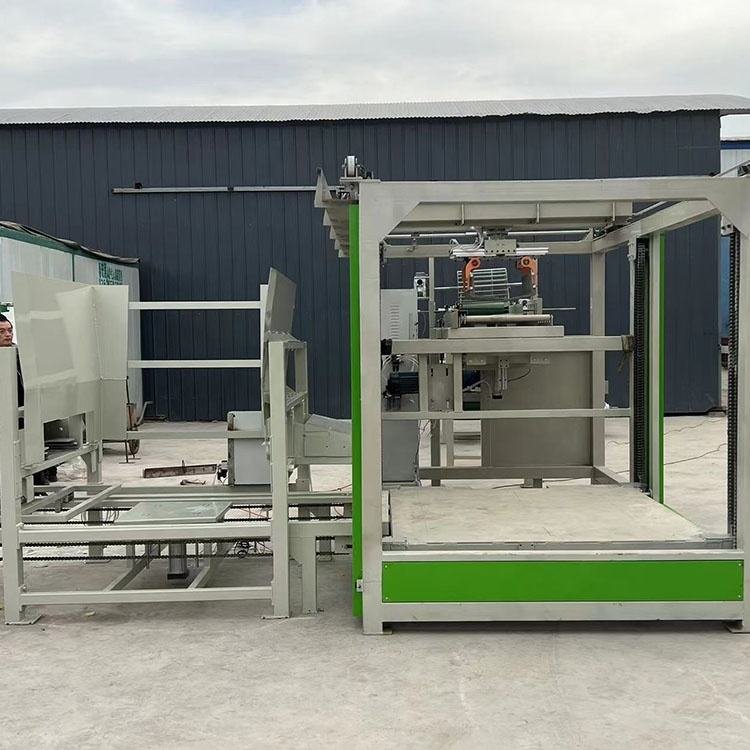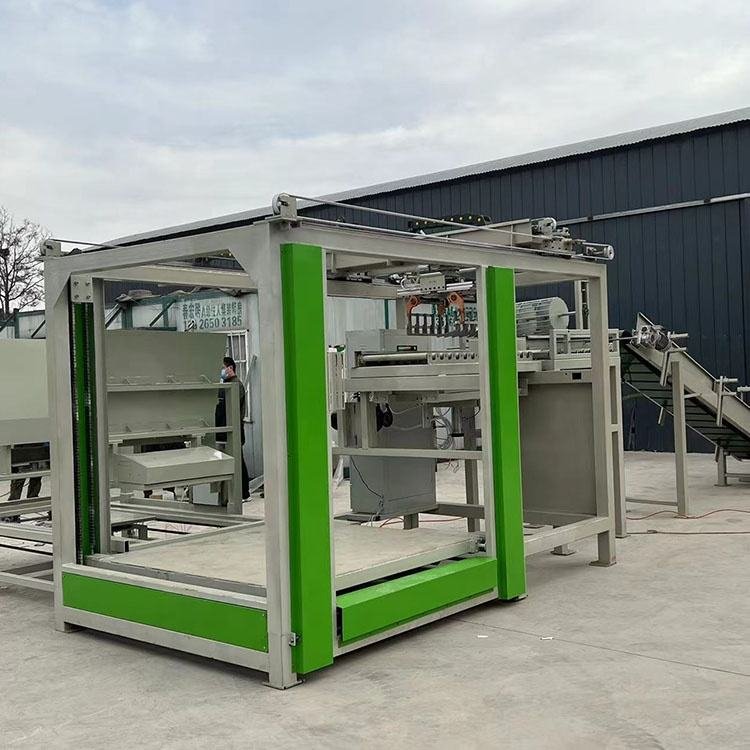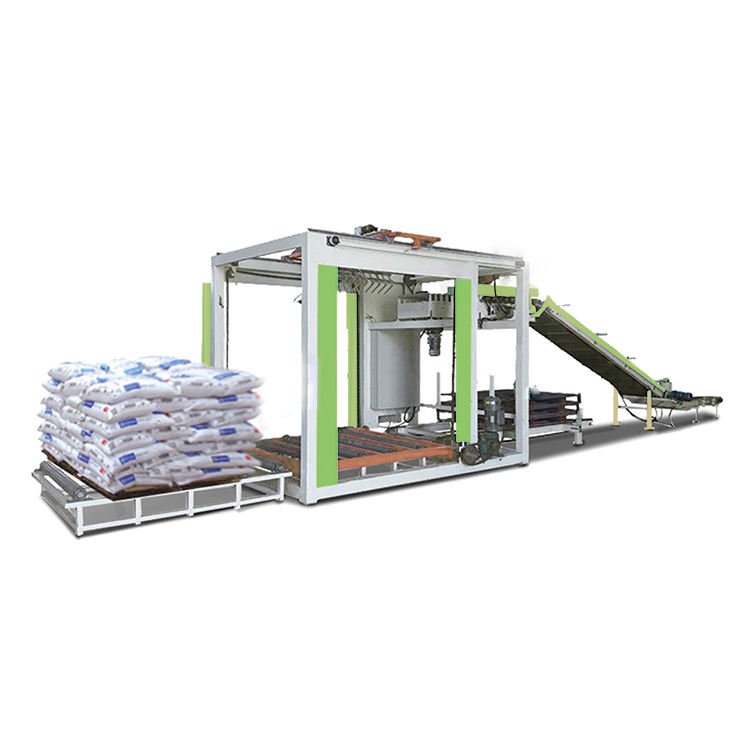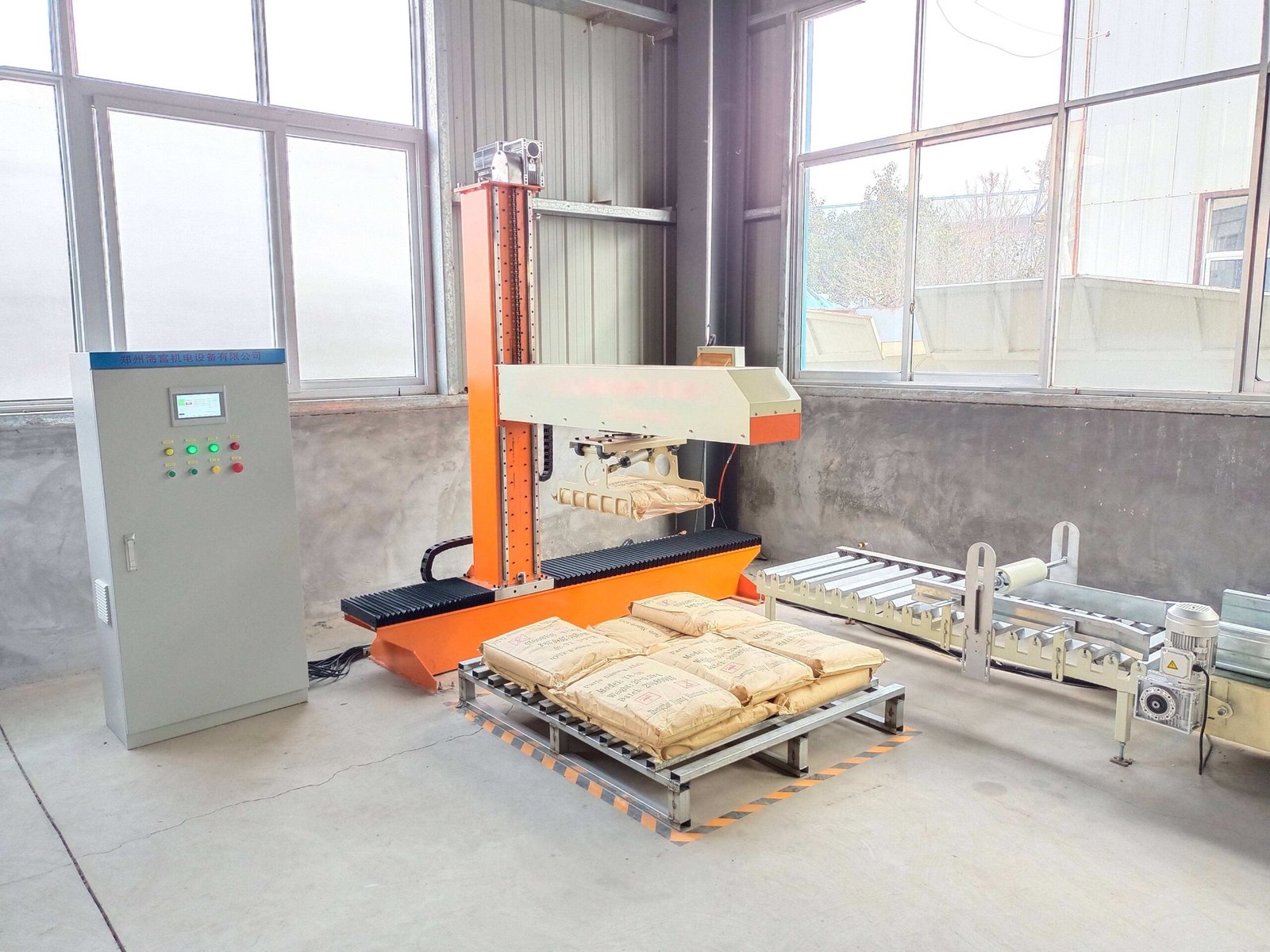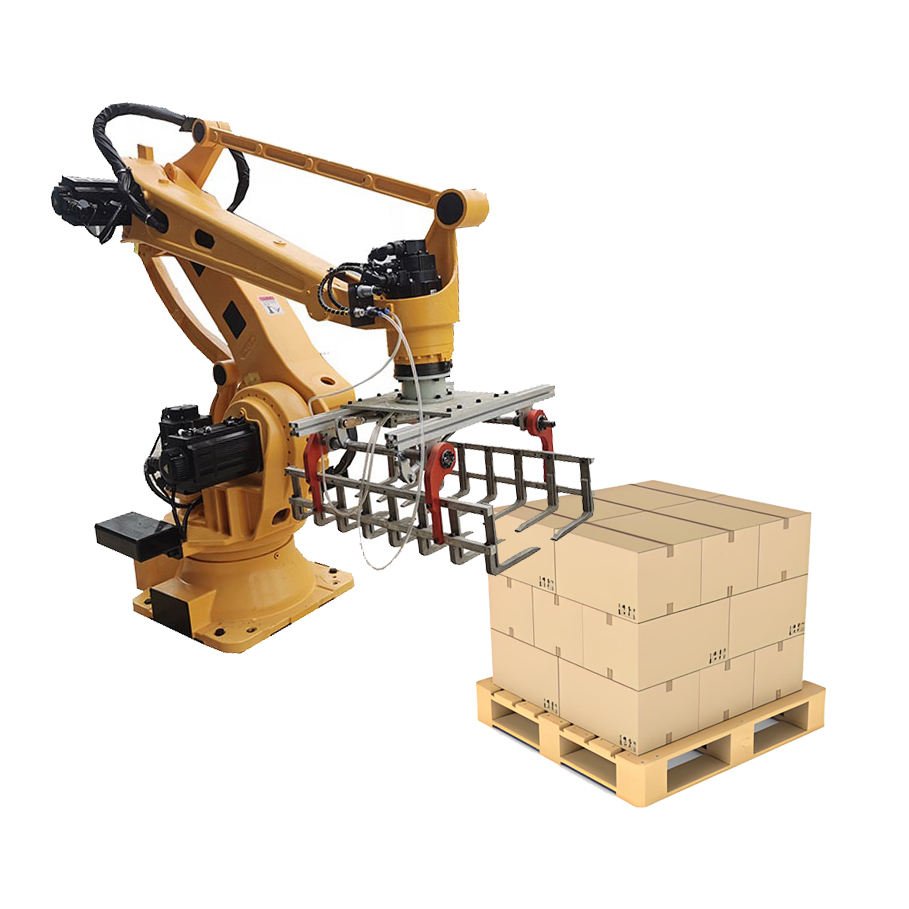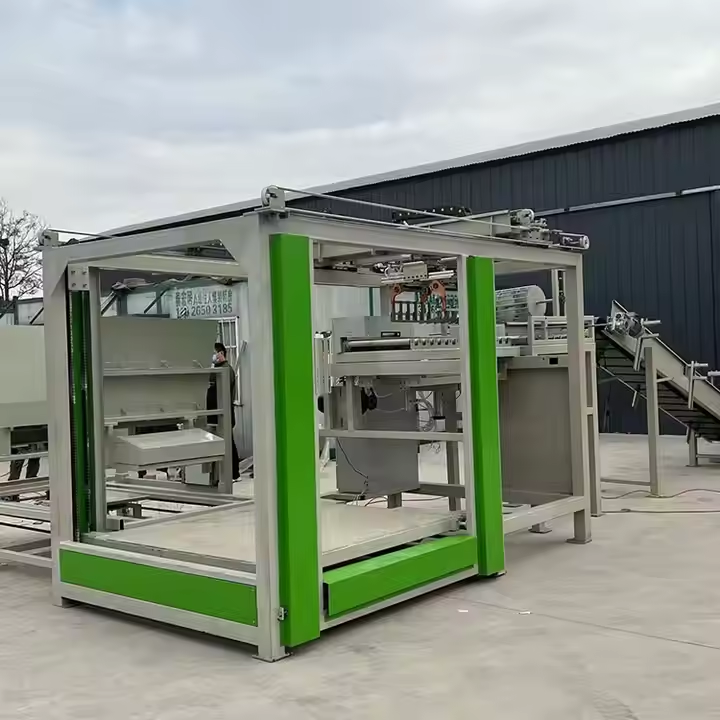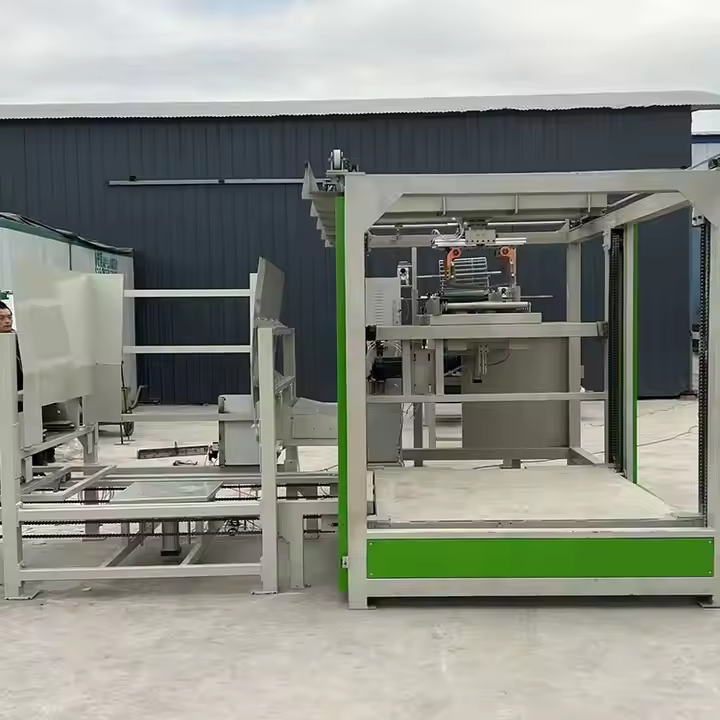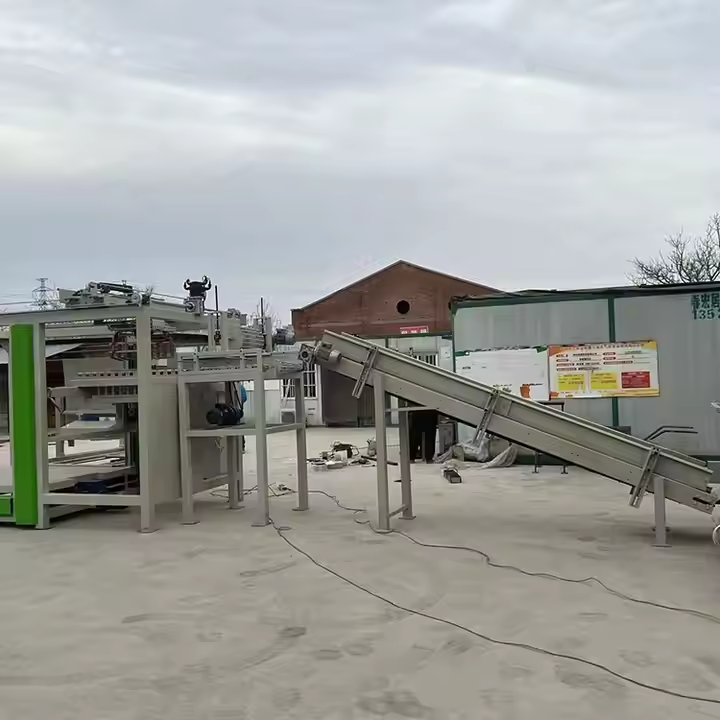Gantry Palletizer Price & 5 Key Strategies to Reduce Energy Consumption
Gantry Palletizer Price & 5 Key Strategies to Reduce Energy Consumption
For businesses handling heavy loads or requiring high-speed palletizing, a gantry (or portal) palletizer is an ideal automation solution. Two critical factors in this investment are the initial gantry palletizer price and its long-term operational costs, particularly energy consumption. This guide provides a clear breakdown of current market prices and delivers five practical strategies to significantly reduce your gantry palletizer’s electricity usage.
Gantry Palletizer Price: A 2024 Market Overview
The price of a gantry palletizer is influenced by its construction, load capacity, speed, and level of automation. Below is a general pricing guide to help with your budgeting:
| Specification Tier | Average Price Range (USD) | Best Application |
|---|---|---|
| Light to Medium Duty | \$80,000 – \$130,000 | Lower speeds, standard patterns, payloads up to 500 kg. Ideal for bags, boxes. |
| Heavy Duty / Standard | \$130,000 – \$200,000 | High-speed applications, heavy payloads (500-1500 kg), robust construction. |
| Custom / High-Speed | \$200,000 – \$300,000+ | Extreme speeds, custom engineering, very heavy payloads (1500kg+), advanced integration. |
Key Factors Influencing Gantry Palletizer Cost:
- Load Capacity & Speed: Higher cycles per hour (CPH) and greater weight capacity directly increase the price due to the need for more powerful motors and heavier-duty structural materials.
- Construction & Materials: The size of the portal frame and the quality of components (e.g., linear guides, servo motors) are major cost drivers.
- Level of Automation: Basic systems are less expensive. Integration with robotic arms for layer forming, advanced PLC controls, and vision systems will add to the cost.
- Brand and Support: Established brands with global service networks typically command a premium over smaller manufacturers.
5 Effective Methods to Reduce Your Gantry Palletizer’s Energy Consumption
While the gantry palletizer price is a key consideration, its ongoing electricity cost impacts your total cost of ownership (TCO). Implementing these strategies can lead to substantial energy savings.
1. Optimize Movement Patterns and Path Planning
The travel path of the gantry’s trolley and hoist directly impacts energy use.
- Efficient Trajectories: Program the most direct and logical routes for pick-and-place operations. Minimizing unnecessary travel distance reduces motor workload.
- Smooth Acceleration/Deceleration: Avoid jarring starts and stops. Using software to ramp acceleration and deceleration smoothly reduces peak power demands and saves energy.
2. Utilize High-Efficiency Motors and Drives
The core of energy consumption lies in the motors that drive the axes.
- Invest in IE3/IE4 Premium Efficiency Motors: While sometimes a higher initial investment, these motors convert electrical energy into motion much more efficiently, leading to long-term savings.
- Implement Regenerative Drives: This advanced technology captures the kinetic energy generated when the hoist lowers a heavy load or when a axis decelerates, converting it back into electricity that can be reused within the system. This is particularly effective for high-duty-cycle applications.
3. Implement Smart Power Management Modes
A gantry palletizer doesn’t need to run at full power during periods of inactivity.
- Auto Sleep/Idle Mode: Program the machine to automatically enter a low-power state after a predefined period of no activity (e.g., during a production line break).
- Scheduled Shutdown: Integrate the palletizer’s control system with the main production line to ensure it powers down completely at the end of a shift, rather than sitting idle.
4. Right-Size the Equipment for the Application
Using an overpowered machine is inherently inefficient.
- Match Capacity to Need: Select a gantry palletizer with a payload capacity that closely matches your typical load with a reasonable safety factor. A machine rated for 2000kg palletizing 500kg loads is wasting energy moving its own massive structure.
- Evaluate Speed Requirements: Choose a machine that meets your required cycles per hour without excessive overcapacity, as higher top speeds require more powerful (and energy-hungry) components.
5. Commit to Rigorous Preventive Maintenance
A well-maintained machine operates with less resistance and higher efficiency.
- Regular Lubrication: Ensure all moving parts, especially linear guides and bearings, are properly lubricated to minimize friction, which forces motors to work harder.
- Check Mechanical Alignment: Misaligned rails or drives can cause binding and increased energy consumption. Schedule regular inspections and adjustments.
- Inspect and Tighten Components: Loose mechanical or electrical connections can lead to energy loss and inefficiency.
Maximize Your Investment with an Efficient Gantry Palletizer
Understanding the gantry palletizer price is crucial for budgeting, but optimizing for energy efficiency is what protects your profitability for years to come. By focusing on smart technology and maintenance, you reduce your operational expenses and environmental footprint.
Ready for an Energy-Efficient Solution?
we provide not only high-performance gantry palletizers and robotic palletizing arms but also expert consultation to ensure you get the most efficient and cost-effective system for your needs.

